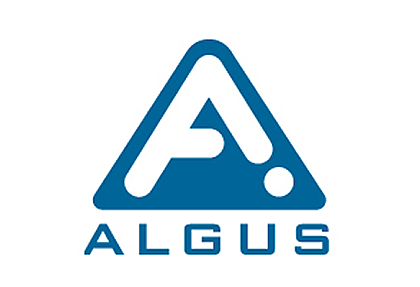How to Optimize Blister Thermoforming for Maximum Efficiency and Cost Savings in Packaging
In today's competitive packaging industry, optimizing blister thermoforming processes is crucial for businesses seeking to enhance efficiency and achieve significant cost savings. Blister thermoforming, an innovative technique widely used for packaging pharmaceuticals, consumer goods, and electronics, provides manufacturers with the ability to create durable, lightweight, and visually appealing packages that meet diverse market demands. However, achieving maximum efficiency in these processes requires a comprehensive understanding of various factors, such as material selection, tooling design, and operational adjustments. This guide aims to outline effective strategies and best practices for optimizing blister thermoforming, enabling companies to reduce waste, streamline production timelines, and ultimately, improve their bottom line.
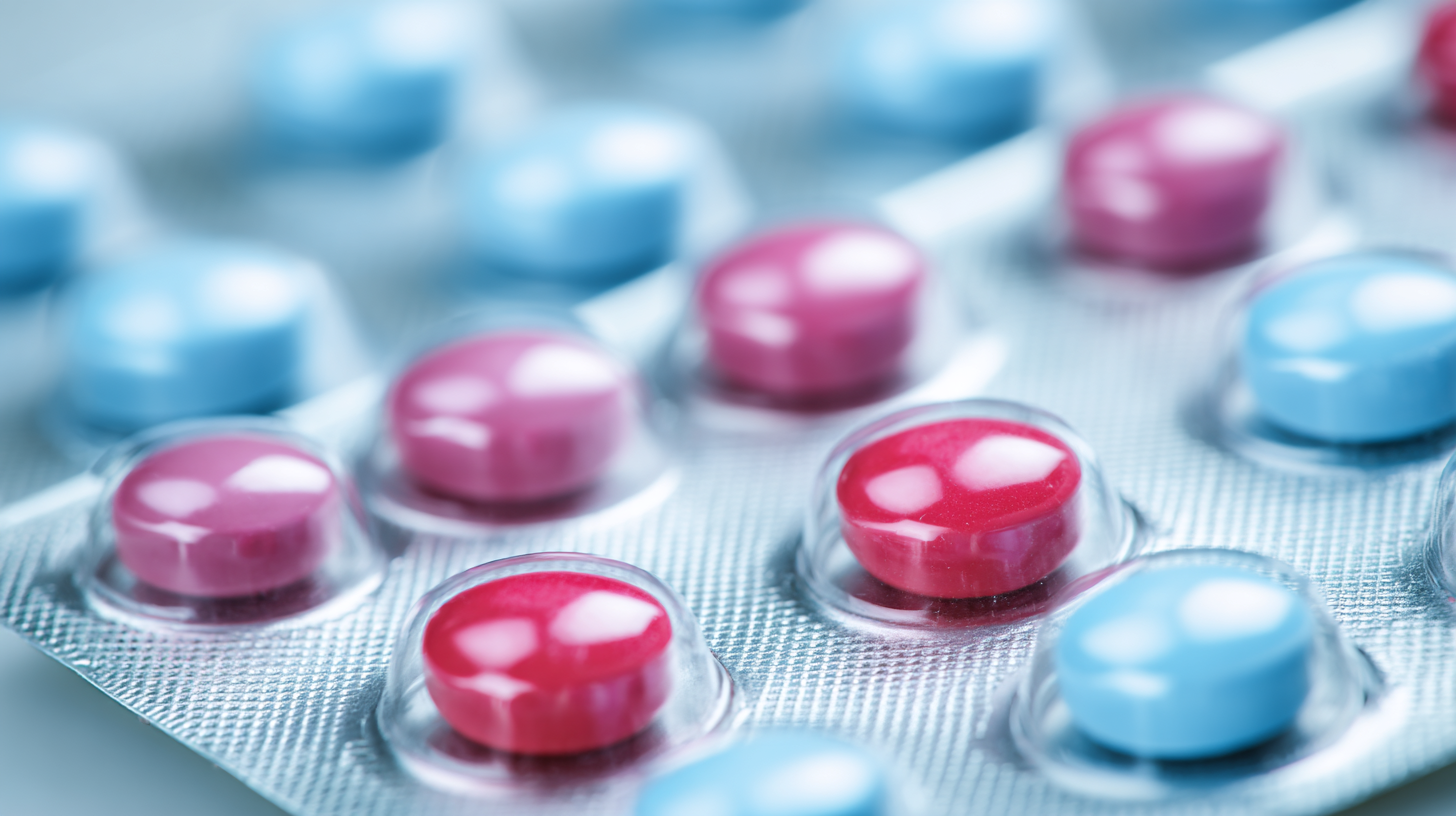
By focusing on these key areas, businesses can harness the full potential of blister thermoforming, ensuring they remain competitive in a rapidly evolving marketplace.
Identifying Key Factors in Blister Thermoforming Efficiency
To optimize blister thermoforming for maximum efficiency and cost savings, it is essential to identify the key factors that influence the process. One of the primary elements is the material selection. Using high-quality thermoplastic materials not only enhances the structural integrity of the final product but also allows for smoother mold interactions, reducing waste and improving cycle times. Additionally, varying the thickness of the material can lead to significant savings, as thinner sheets may require less energy to heat and shape.
Another critical factor is the design of the tooling. Efficient tooling design minimizes cycle time by ensuring that heating and cooling occur uniformly across the mold. Incorporating features such as optimized airflow or advanced heating technologies can enhance thermal transfer and reduce the time needed for each cycle. Lastly, regular maintenance of machines and equipment cannot be overlooked. By keeping the thermoforming equipment in optimal working condition, manufacturers can prevent downtime and ensure consistently high-quality output, leading to lower overall production costs and increased profitability.
How to Optimize Blister Thermoforming for Maximum Efficiency and Cost Savings in Packaging
| Key Factor | Description | Impact on Efficiency (%) | Cost Savings ($/unit) |
|---|---|---|---|
| Material Selection | Choosing the right plastic materials that minimize waste and enhance durability. | 15 | 0.20 |
| Tooling Precision | Ensuring molds are highly precise to reduce defects and material usage. | 20 | 0.15 |
| Temperature Control | Maintaining optimal heating temperature for uniform material flow. | 25 | 0.10 |
| Cycle Time Reduction | Minimizing the cycle time per unit without compromising quality. | 30 | 0.25 |
| Quality Control | Implementing robust inspection processes to identify issues early. | 10 | 0.05 |
Selecting the Right Materials for Cost-Effective Blister Packaging
When optimizing blister thermoforming for cost-effective packaging, selecting the right materials is crucial. The choice of material not only impacts the manufacturing process but also influences the overall sustainability and aesthetics of the packaging. Commonly used materials such as PVC, PET, and OPS each have unique properties that cater to different product requirements. For example, PET provides excellent clarity and is recyclable, making it an attractive option for environmentally-conscious brands. In contrast, PVC is known for its durability and cost-effectiveness, yet it raises concerns regarding environmental impact which should be considered.
Additionally, the material thickness plays a significant role in achieving optimal efficiency in the thermoforming process. Thinner materials can reduce production costs and waste, but they must still maintain adequate strength and protection for the product. Selecting the appropriate gauge ensures that the packaging performs well without incurring unnecessary expenses. Moreover, integrating advanced materials or bioplastics can further enhance the cost-effectiveness of blister packaging while appealing to modern consumers looking for sustainable options. By carefully evaluating material choices, companies can achieve a balance between cost savings, efficiency, and environmental responsibility in their blister packaging solutions.
Optimization of Blister Thermoforming Materials
Streamlining Production Processes to Enhance Output and Reduce Waste
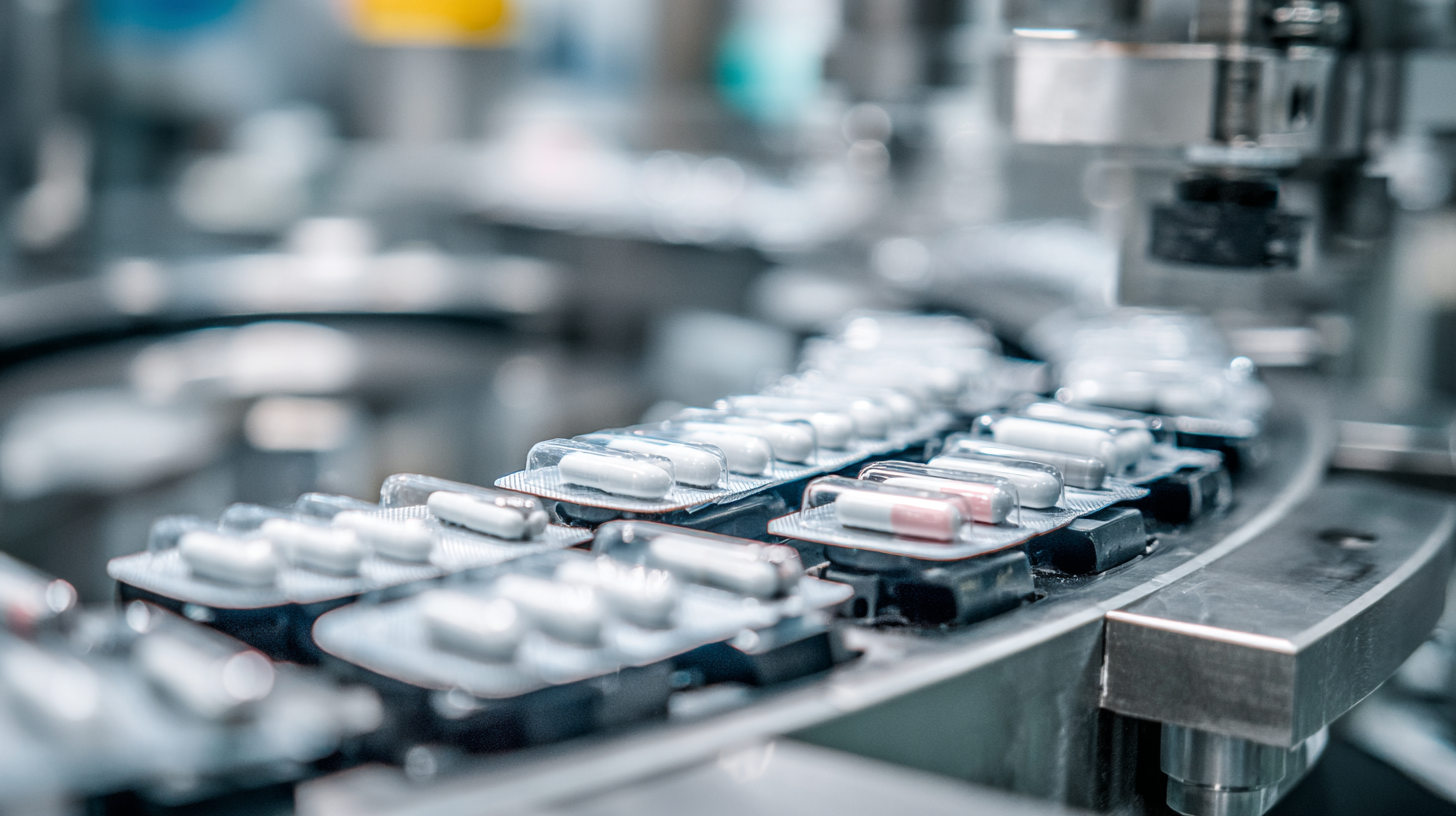 Optimizing blister thermoforming is essential for improving production workflows and enhancing output while minimizing waste. As industries strive for greater efficiency, implementing advanced technologies can streamline processes and foster a sustainable manufacturing environment. By integrating innovative solutions, companies can reduce production times, lower costs, and improve overall quality.
Optimizing blister thermoforming is essential for improving production workflows and enhancing output while minimizing waste. As industries strive for greater efficiency, implementing advanced technologies can streamline processes and foster a sustainable manufacturing environment. By integrating innovative solutions, companies can reduce production times, lower costs, and improve overall quality.
Tips: One effective strategy is to adopt data-driven decision-making, utilizing real-time analytics to monitor production lines. This allows for timely adjustments to reduce downtime and waste. Additionally, exploring AI-driven process control can help optimize resources and enhance accuracy in production metrics.
Investing in automation can also significantly boost efficiency in blister thermoforming. Automation technologies minimize human error and ensure consistent quality across batches. As we leverage the fusion of AI and IoT, businesses will likely see a marked increase in productivity and sustainability, paving the way for a more robust packaging industry focused on maximizing both efficiency and cost savings.
Implementing Advanced Technology for Thermoforming Optimization
The optimization of blister thermoforming for maximum efficiency and cost savings in packaging is increasingly reliant on advanced technologies that push the boundaries of traditional processes. Recent developments highlight the impact of innovative materials and machinery in this domain. For example, a new thermoforming process has been introduced that can reduce material usage by up to 50%, demonstrating a significant step toward sustainability and cost efficiency in the packaging sector. According to industry reports, the demand for rigid thermoforms in the U.S. remains strong, driven by diverse market needs and a shift toward more environmentally friendly options.
Besides material savings, advancements in machine design are also crucial. New all-electric thermoforming machines, powered solely by servo motors, offer higher precision and reduced energy consumption, leading to enhanced overall performance compared to conventional models. The integration of high-performance resins facilitates the production of fully recyclable packaging, with up to 95% polyethylene content, supporting broader sustainability initiatives. As the industry continues to evolve, the adoption of these technologies will play a pivotal role in shaping future packaging solutions.
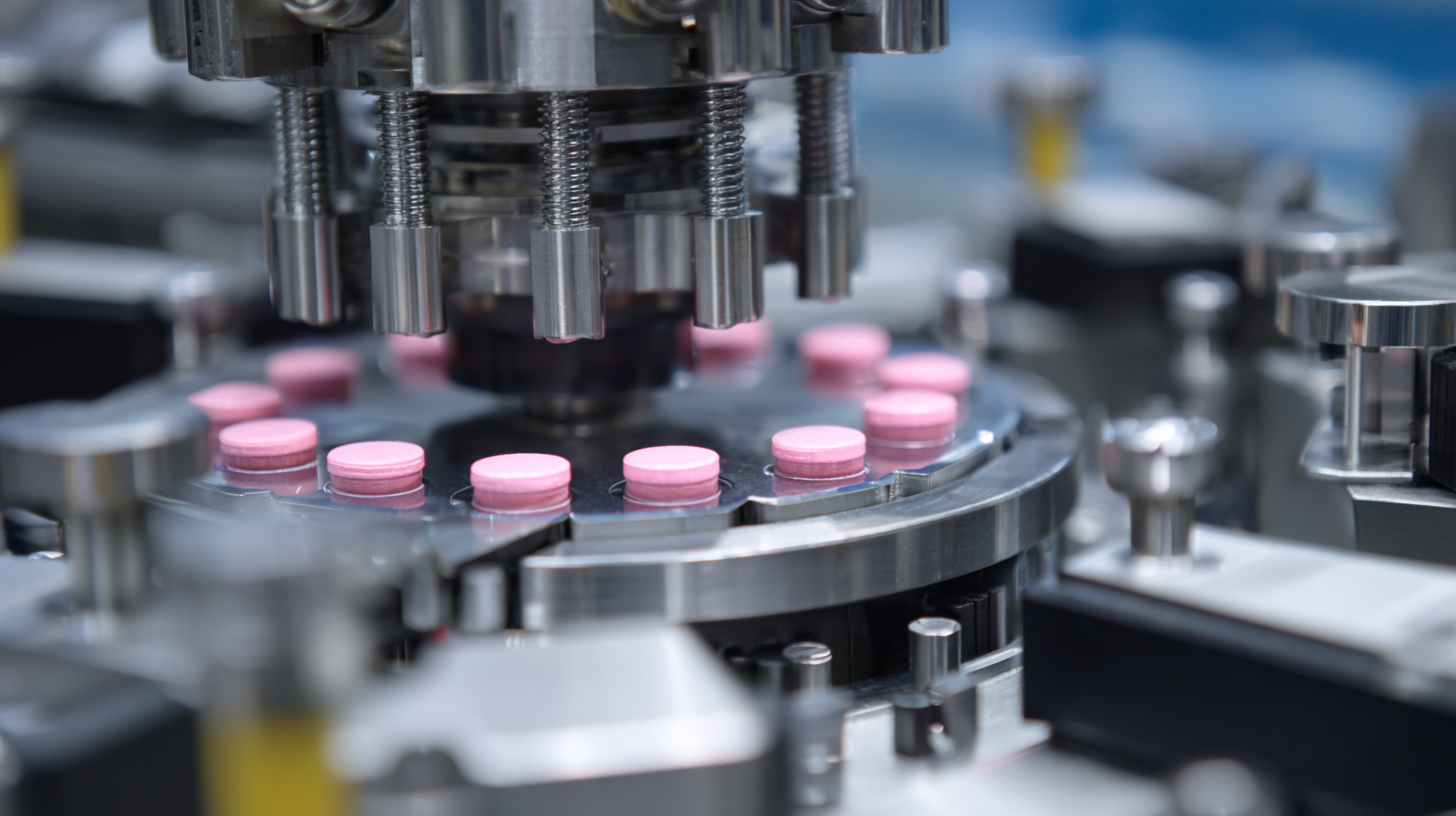
Analyzing Performance Metrics to Drive Continuous Improvement in Packaging
To achieve maximum efficiency and cost savings in blister thermoforming, it is essential to analyze performance metrics that drive continuous improvement in packaging processes. Key performance indicators (KPIs) such as cycle time, material waste, and energy consumption should be meticulously tracked. By identifying bottlenecks and areas of inefficiency, manufacturers can implement targeted interventions that enhance productivity. For example, reducing cycle time can be achieved through optimizing machine settings or streamlining the workflow, leading to increased output without the need for significant investments.
Moreover, regular assessments of material usage can reveal opportunities for waste reduction. By conducting a thorough analysis of scrap rates and material yield, companies can adjust their material specifications or processes to utilize resources more effectively. Additionally, monitoring energy consumption not only supports cost savings but also aligns with sustainability goals, which are increasingly prioritized in today's marketplace. Engaging in continuous improvement methodologies, such as Six Sigma or Lean Manufacturing, can further aid in refining these metrics, ensuring that packaging operations remain efficient and economically viable over time.
Related Posts
-

Unlocking the Future of Packaging Automation with Digital Innovations
-
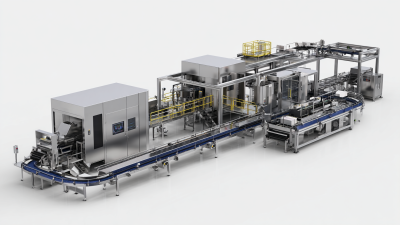
5 Essential Tips for Choosing the Right Packaging Equipment to Boost Efficiency
-

7 Compelling Reasons to Choose Tray Packaging for Your Business Success
-
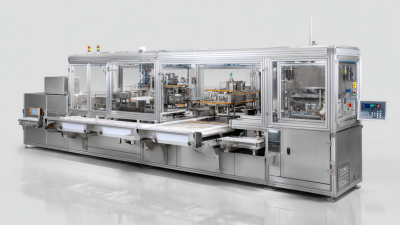
7 Essential Tips to Optimize Your Tray Sealer Packaging Machine Efficiency
-

How to Choose the Right Packaging Systems for Your Business Needs
-
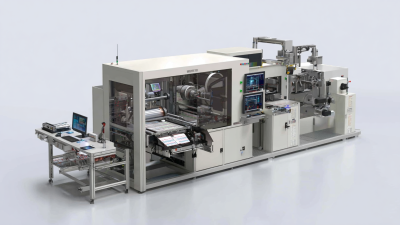
How to Choose the Best Tray Packaging Machine for Your Business Needs
